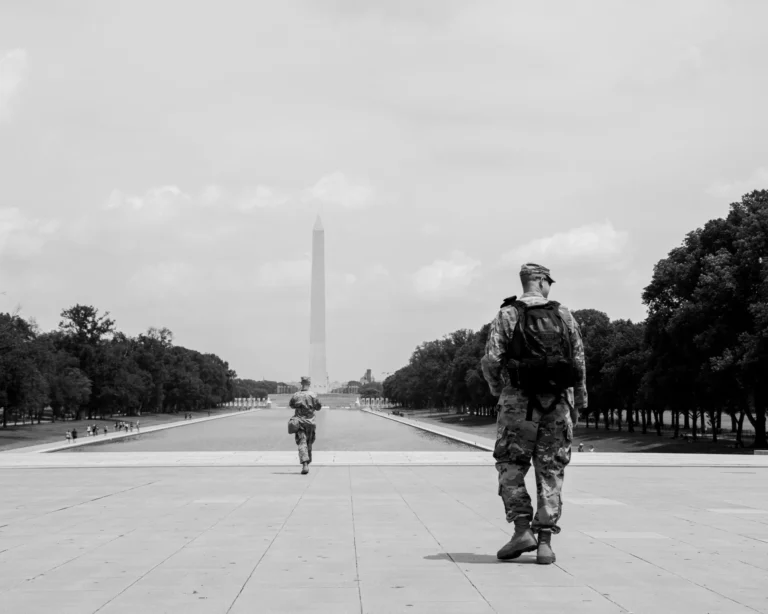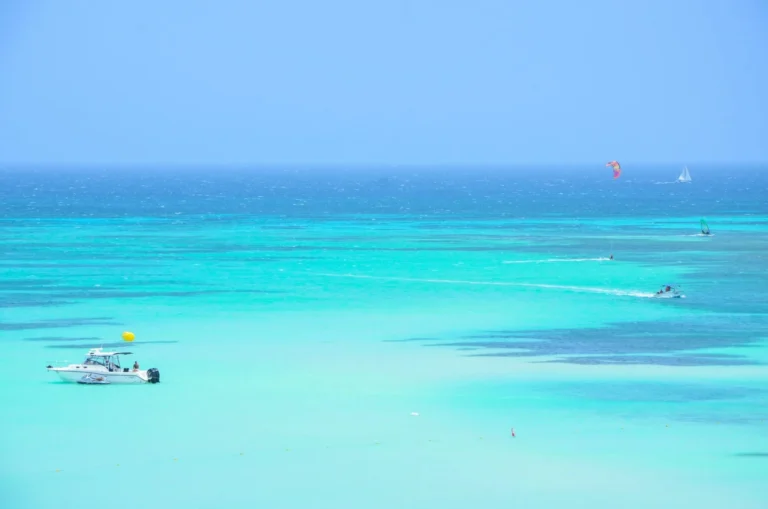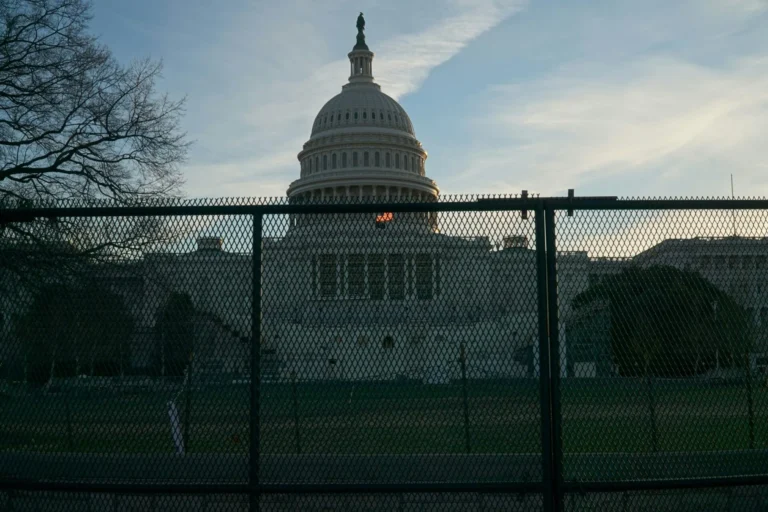The Afghan government’s corruption and shrinking national control have allowed a resurgence of the Taliban.Is Democracy Sliding From Afghan Government?By Cliff Montgomery – Aug. 8th, 2007Over the last few years, Afghanistan has created a constitutional government with elected representatives.Unlike certain other Muslim nations, Afghans have some prior experience in self-rule.But the Afghan government’s apparent corruption and shrinking national control have helped to allow a resurgence in Taliban violence and influence.What’s going on over there? We quote below from a June 15th, 2007, Congressional Research Service report:“For the first time [in recent history], Afghanistan has a fully elected government, although there were parliamentary elections during the reign of King Zahir Shah (the last were in 1969).”Presidential, parliamentary, and provincial elections, and adoption of a constitution were part of a post-Taliban transition roadmap established by a United Nations-sponsored agreement of major Afghan factions signed in Bonn, Germany on December 5, 2001, after the Taliban had fled Kabul (‘Bonn Agreement’).”That agreement formed an interim administration led by Hamid Karzai, an ethnic Pashtun. The constitution was approved at a ‘constitutional loya jirga‘ (traditional Afghan assembly) in January 2004.”It set up a strong elected presidency, but, at the urging of the minority-dominated ‘NorthernAlliance’ faction, it gave substantial powers to an elected parliament, such as veto power over cabinet selections.”It also provided for:
- Presidential elections (held by June 2004). Two vice presidents run on the same election ticket as the president, and one succeeds him in the event of the president’s death. They serve a five-year term, and presidents are limited to two terms.
- A parliament consisting of a 249-seat lower house (Wolesi Jirga, House of People) and a 102-seat selected upper house (Meshrano Jirga, House of Elders) elected simultaneously, if possible, with presidential elections.
“In the Wolesi Jirga, ten seats are reserved for Afghanistan’s Kuchis (nomads), and at least 68 of those elected (two per province, with 34 provinces) ‘should’ be women, giving women about 25% of the seats.”The top two women in each province earn seats.
- For the Meshrano Jirga, 34 seats are selected by provincial councils (one from each of Afghanistan’s 34 provinces); another 34 are to be selected by nearly 400 elected district councils; and the final 34 are appointed by the President. (Half of the president’s 34 appointees are to be women.)
“No clear roles are stipulated for the provincial or district councils, but the provincial councils are playing a role in determining local development priorities.
- The constitution states that ‘no law can be contrary to the beliefs and provisions of the sacred religion of Islam,’ and says that men and women have ‘equal rights and duties before the law.’
“Political parties can be established so long as their charters ‘do not contradict the principles of Islam,’ and they do not have affiliations with other countries. The constitution does not impose Islamic law but provides for court rulings ‘in accord with [the Hanafi school of] Islamic law,’ when there is no specific provision in the Constitution or other laws on that issue.”The parliamentary elections were considered a major milestone that gave the Afghan government additional legitimacy. Parliament has challenged Karzai on several issues, in some cases blocking his perceived attempts to appease Islamic conservatives…”Signaling some criticism of the international military presence in Afghanistan, immediately after it was seated, parliament called for the dismantling of (mostly U.S.-run) ‘security barriers’ in Kabul.”After a spate of civilian casualties caused by U.S. operations that precipitated criticism from Karzai himself, in May 2007 the Meshrano Jirga passed a resolution calling for international forces to consult with Afghan authorities before conducting military operations, for negotiations with Taliban fighters, and for a timetable for withdrawal of international forces.”Observers do not expect the motion to become law.”Parliamentary opposition contributed to Karzai’s apparent dropping of a July 2006 proposal to revive a ‘Ministry of Supporting Virtue and Discouraging Vice,’ a ministry that was used by the Taliban to commit major human rights abuses. Karzai said the ministry would focus on advice and public relations to encourage Islamic behavior.”Another significant vote came in February 2007, when both houses passed a law giving amnesty to so-called ‘warlords,’ the faction leaders who participated in the two decades of anti-Soviet and then civil war. Despite demonstrations in Kabul by 25,000 Afghans supporting the resolution, Karzai returned a modified draft giving victims of these commanders the right to seek justice for any abuses. The new version was passed and has become law.”In August 2006, 60 parliamentarians signed a letter criticizing the poor performance of the [Karzai] government, which many experts believe at least partly responsible for the upsurge of Taliban violence in 2006.”U.S. reports credit Karzai’s government with progress on human rights and democracy…Still, some critics say that there is some backsliding, as evidenced by the government’s backing of a new press law moving through parliament that would…strengthen government control of the press and prohibit coverage seen as ‘un-Islamic’ or ‘endangering national stability, security, or sovereignty.’ “Like what you’re reading so far? Then why not order a full year (52 issues) of thee-newsletter for only $15? A major article covering an story not being told in the Corporate Press will be delivered to your email every Monday morning for a full year, for less than 30 cents an issue. Order Now!





